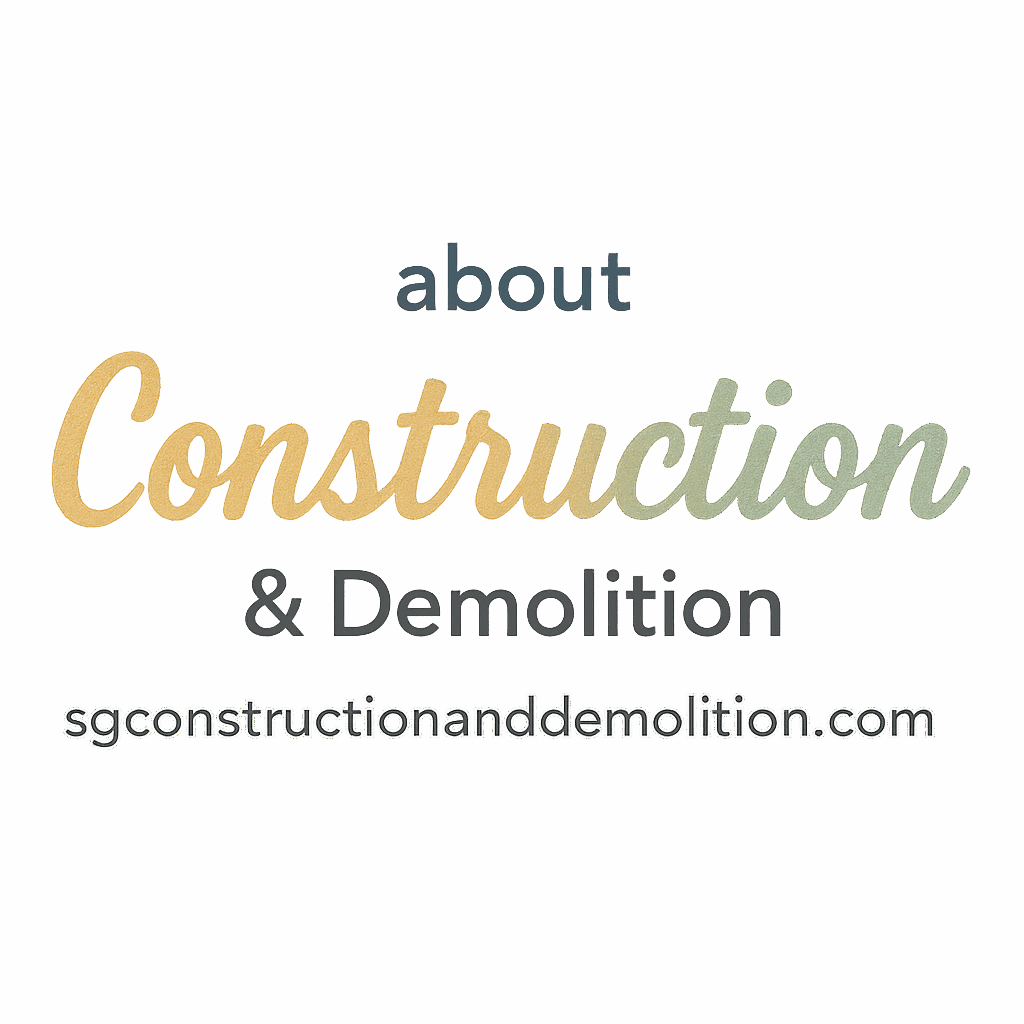Introduction
Let’s face it—construction sites can be chaotic. You’ve got heavy machinery moving around, materials being lifted in the air, loud noises, and dozens of people doing different jobs at the same time. Sound familiar? That’s why construction site rules aren’t just guidelines—they’re lifesavers. If you’re working in construction or even just starting out, you need to know these 9 essential construction site rules that keep everyone safe and efficient.
This isn’t about micromanaging. It’s about protecting your life and the lives of your coworkers. Ready to dive in? Let’s break down the rules every construction worker should have ingrained in their toolbox.
1. Always Wear the Right Personal Protective Equipment (PPE)
Why PPE is Your First Line of Defense
Think of PPE as your armor in the construction battlefield. Whether it’s a helmet, gloves, steel-toed boots, or a hi-vis vest, each piece is designed to shield you from potential hazards.
One wrong move—like skipping your hard hat—and you could be at risk of serious injury.
Common PPE on Construction Sites
- Hard hats to protect against falling debris
- Safety goggles for eye protection
- Gloves to prevent cuts or chemical exposure
- Steel-toe boots for foot safety
- Ear protection in noisy zones
- High-visibility vests for visibility around machinery
Wearing the right PPE is more than a rule—it’s a habit that can save your life. For a deeper dive into tools and protective gear, check out our tools and equipment guide.
2. Follow Site Safety Inductions
What is a Site Induction?
Before you step onto any site, there’s a good chance you’ll need to go through a site induction. This is a walkthrough of everything safety-related, from hazards to emergency contacts to first-aid locations.
Why Inductions Matter for Every Worker
Skipping the induction is like trying to build a house without a blueprint. It’s a recipe for disaster. Inductions make sure you know the risks and responsibilities unique to that site. Don’t treat it as a formality—it could be your safety net.
Learn more about construction basics to stay ahead of the game.
3. Know the Emergency Procedures
Common Emergency Scenarios
Whether it’s a fire, explosion, gas leak, or even a medical emergency, knowing what to do can be the difference between panic and control.
Location of Emergency Exits and Equipment
Make it a habit to check:
- Where the emergency exits are
- Where fire extinguishers are located
- Who the first-aid officers are
And remember, always keep access to these areas clear—clutter could cost someone precious seconds.

4. Never Bypass Safety Signs and Barriers
Understanding the Importance of Signage
Signs are there for a reason. Whether they’re warning you about a hazardous chemical or telling you to wear ear protection, they help prevent injuries before they happen.
What Happens If You Ignore Safety Notices?
Let’s be real—it might save you a minute now, but it could cost you a trip to the hospital later. Treat every sign and barrier like a stop sign on the road. It’s there to protect you.
Explore more safety measures on our planning & safety page.
5. Keep the Work Area Clean and Organized
Clean Sites Prevent Accidents
Ever tripped over a stray cable or slipped on spilled oil? That’s why site cleanliness is crucial. A tidy work area isn’t just nice to look at—it’s a safety requirement.
Housekeeping as a Daily Practice
Make it a routine to:
- Remove debris
- Coil and store hoses or cords
- Keep walkways clear
- Store tools properly
Good housekeeping reduces hazards, plain and simple.
6. Handle Tools and Equipment Properly
Training is Key
Don’t just grab a tool and wing it. Every piece of equipment has its quirks. Whether it’s a jackhammer or a power saw, make sure you’re trained and authorized to use it.
Visit our equipment tag section for helpful resources.
Common Equipment Misuse Mistakes
- Using tools for the wrong purpose
- Not inspecting equipment before use
- Ignoring warning labels
You wouldn’t drive a car without knowing how—treat your tools with the same respect.
7. Report Hazards and Unsafe Conditions Immediately
Why Reporting Early Saves Lives
If you see something, say something. Whether it’s a frayed cable, an unstable scaffold, or a leak, report it to your supervisor immediately.
How to Report Hazards the Right Way
- Don’t assume someone else already did
- Take a photo if necessary
- Be specific and detailed
- Use site forms or mobile reporting apps
Check out our article on demolition techniques to learn about potential site risks.
8. Respect Electrical Safety Protocols
Dangers of Electricity on Site
Electricity doesn’t give second chances. Always be aware of live wires, faulty tools, and temporary site power setups.
Lockout/Tagout Procedures
Before doing any electrical work, follow proper lockout/tagout processes to make sure the system is de-energized. This isn’t optional—it’s essential.
You can explore related topics under our electric tag section.
9. Always Communicate Clearly and Follow Instructions
The Power of Team Communication
A construction site is like a giant orchestra. If one person is offbeat, it throws off the entire flow. Use radios, hand signals, and verbal checks to keep everyone in sync.
Listening and Understanding Orders
Don’t guess. If instructions are unclear, ask. It’s better to confirm than to assume and make a dangerous mistake.
Check out our posts on project management to sharpen your communication game.
Conclusion
Construction sites are complex, high-risk environments. But when you stick to the basic rules—like wearing your PPE, staying alert, and speaking up—you’re not just protecting yourself. You’re building a culture of safety, respect, and professionalism.
Whether you’re a seasoned pro or just getting started, make these 9 construction site rules your mantra. Trust me—they’re more than just words on paper. They’re the foundation of every safe and successful project.
Stay sharp, stay safe—and always follow the rules.
For more insights and pro tips, check out SG Construction and Demolition, your go-to resource for everything in construction and demolition.
FAQs
1. Why is PPE mandatory on every construction site?
Because it’s designed to prevent serious injuries. Think of it like a seatbelt—you might not need it every day, but when you do, it can save your life.
2. How often should construction tools be inspected?
Ideally, before every use. It ensures safety and performance and helps catch issues early.
3. What should I do if I forget part of my induction training?
Ask for a refresher or speak to your site supervisor. Don’t guess when safety is on the line.
4. Can I use someone else’s PPE or tools?
It’s not recommended. PPE should be fitted to you, and tools should be used only if you’re trained.
5. How can I report a hazard anonymously?
Some sites have hotlines or apps. Check with your supervisor or the site induction materials.
6. What’s the most common cause of accidents on construction sites?
Slips, trips, and falls top the list—often due to poor housekeeping or not following site rules.
7. Is there tech that can help improve construction site safety?
Absolutely! Smart wearables, digital inductions, and safety tracking apps are on the rise. Check out green smart trends for the latest innovations.


